Correct apricot planting in autumn is based on the choice of a winter-hardy variety. Manipulations begin 1.5 months before the onset of cold weather. The exact period depends on the region, for example, residents of the middle lane begin work no later than the beginning of September.
To grow a crop will help the right place. Apricot needs sunlight. The third rule is to plant the crop in a dry place. The less likely the accumulation of dampness near the roots of the stone fruit, the faster the tree develops. The fourth rule is that apricots are not planted on sandy and clay soils. It is recommended that seedlings be filled with loamy soil.
Content
Choose planting material
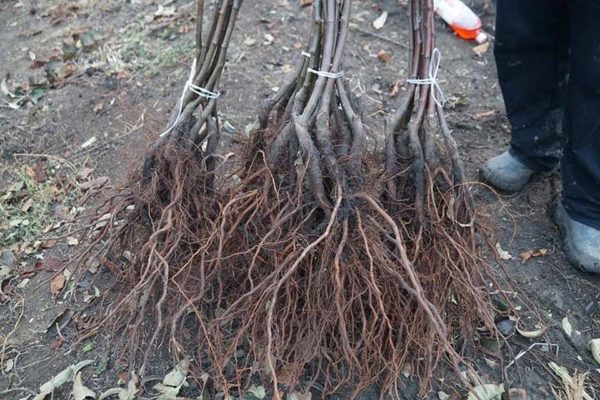
Before planting apricot on the plot, the gardener goes to the nursery. It presents young seedlings that have received proper care. Contrary to the assurances of the nursery workers, they inspect the seed:
- they study the root system - there should not be traces of dangling roots on it;
- make a small incision on the bark - there should be white wood under it;
- there should be no extraneous growths on the cortex;
- there should be no traces of mechanical damage on the cortex.
In the middle lane, early ripe varieties are chosen.
| Varieties for growing in various climatic zones | ||
| Middle lane | Siberia | Ural |
| "Varangian" | "Sayan" | Khabarovsky |
| Alyosha | "Northern Lights" | "Amur" |
| "Countess" | "Mountain Abakan" | "Seraphim" |
| "Black Velvet" |
|
|
| "Aquarius" | ||
| "Lel" | ||
Residents of the southern latitudes plant apricot trees on the site without any restrictions in terms of choice.
Soil preparation
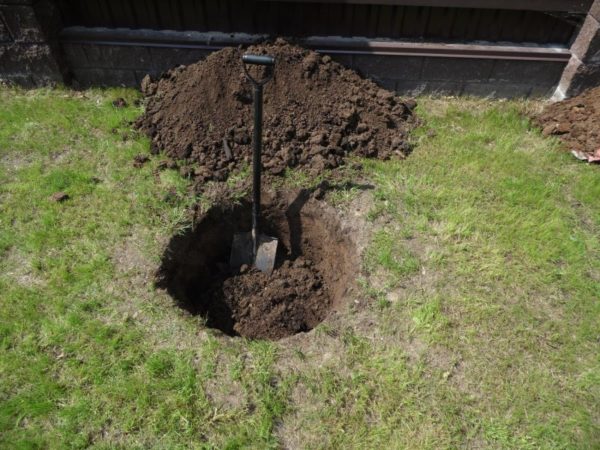
To increase the chances of apricot seedlings for germination will allow a properly selected physico-chemical composition of the soil. Prepare it 21 days before planting. The minimum depth is 2 cm greater than the size of the root system of the selected seedling. In the middle lane, the indicator ranges from 70 to 80 cm. As soon as the hole is dug, it is fertilized with a multi-layer “pie”. Apricot top dressing in autumn is carried out using the following recipe:
- 2 buckets of humus;
- 500 g of potassium sulfate;
- 600 g of superphosphate.
The components are mixed with soil. The finished composition is poured into the prepared hole. In this state, it is left before landing. Within 18 days, the earth will settle.
Landing Stages
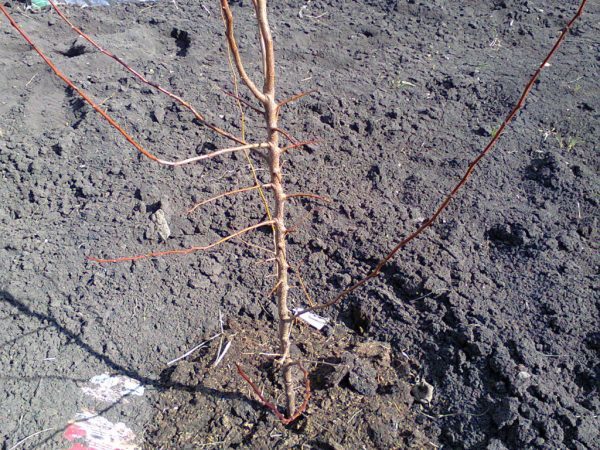
Choosing the best days to plant, prepare green spaces. The purchased seedling for 10 hours is placed in a container of water. A little trick will help increase the chances of a fauna representative. Make a talker. She needs 1 bucket of clay and half a bucket of mullein. Water is added until the mixture looks like sour cream. In the finished solution, dip the rhizome. The next stage is the falling asleep of the rhizome with pre-prepared soil. Finished seedlings are planted at a distance of 3-3.2 m from each other. If everything is done correctly, then the bone in the apricot fruit will be small.
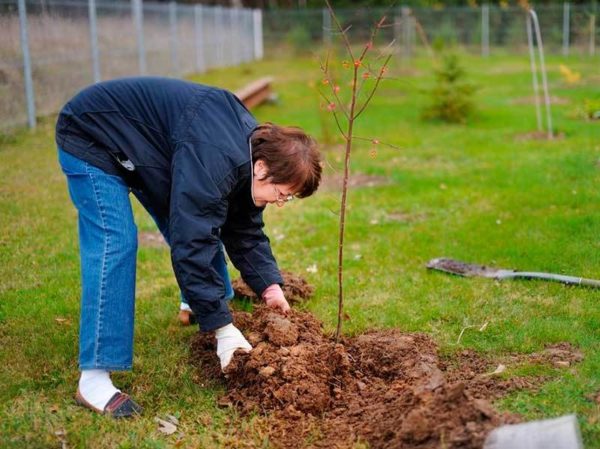 You may be interested in:
You may be interested in:Mulching and watering
The first watering is done before the formation of the ovaries. In most climatic zones, this is April.The second watering is the peak of growth activity (May). The third watering is 14 days before the fruit ripens. It's about July. The next step is mulching. It is carried out 12 and 24 months after planting.
How to feed
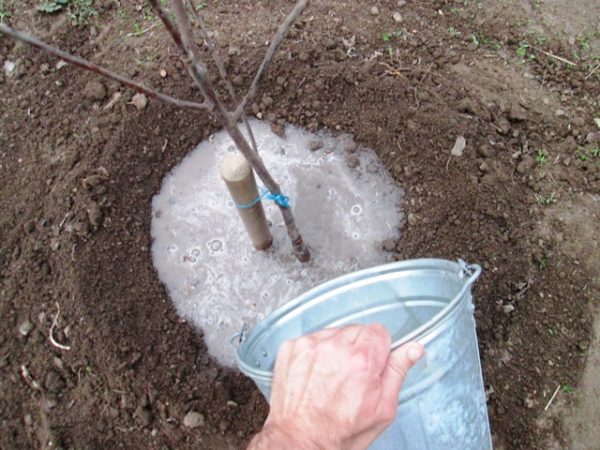
Nitrogen fertilizers are a favorite stone fruit dish that they tolerate well. Each year, 1 g of plantings leaves 30 g of the same composition. Fertilizers are placed strictly near the trunk circle. It is impossible to exceed the specified dosage. The growth rate will not change, and the chances of losing a tree will increase exponentially. Botanists have developed step-by-step instructions for feeding:
- organic top dressing is carried out 1 time every 3 years;
- strongly acidic soil is supplied with calcium - 500 g for every 1 m2;
- as soon as the tree begins to bear fruit, they add ammonium nitrate, superphosphate and potassium salt every 7 months.
The recommended ratio is 4k1k3.
After landing care
Strengthening the trunk and branches is a priority for a gardener in the middle lane or Siberia. Regions with a significant difference between spring and winter temperatures whiten the trunk and branches. To the standard mixture, which is bought in the store, add 1 teaspoon of copper sulfate. The instruction requires whitewashing when a stable temperature background is established. The second rule - the rainy season should be behind.
Pest protection
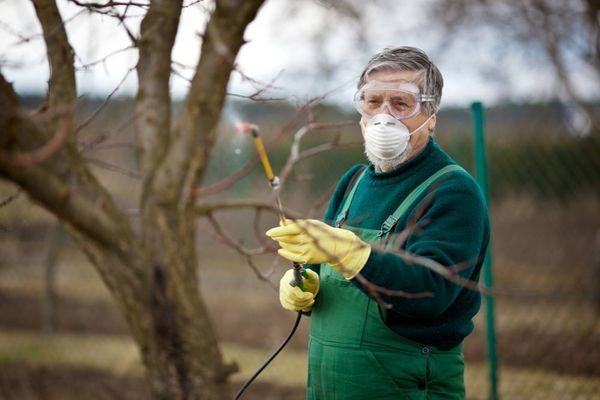
Spruce branches will help reduce the attractiveness of green spaces for rodents. They are tied to the trunk. The gardener, planting apricots on the site in the fall, carries out the treatment with complex preparations. Bordeaux fluid and copper sulfate are two remedies that will prevent pests and diseases.
Thermal protection
As soon as the permanent snow cover has fallen, it is better to compact it near the trunk circle. As soon as the thaw has come, let the temporary, melted snow be immediately removed from the trunk circle.
Autumn pruning
The gardener, having completed the planting of apricot on the plot in the fall, removes dry and damaged branches. You cannot ignore the procedure. Otherwise, the seedlings will not survive the winter. Large branches are subject to removal. Attention is paid to the top. It should not be too tight. Pruning is carried out 12 months after planting.
Spring pruning
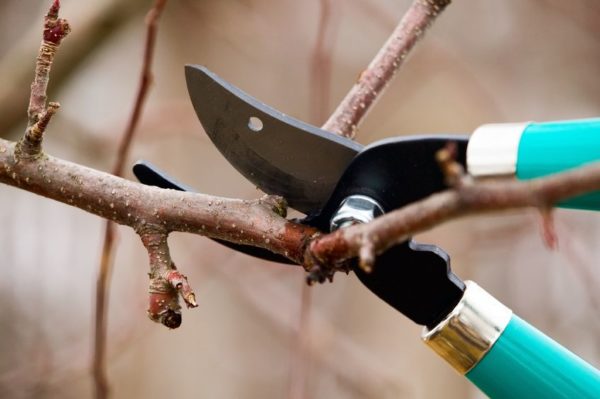
Apricot pruned in early autumn or spring for two reasons. The first is to make the seedlings resistant to the coming winter. The second is to accelerate growth. The last reason is relevant for spring stimulating pruning. More fruits are formed on the apricot in the spring, subject to the prompt removal of weak and large branches. As soon as the summer resident saw that one or several branches began to dry, they are removed. Otherwise, the plant will spend part of the nutritious “juices” to maintain the non-viable parts.
The second rule is that the crown should not be excessively large. The development of apricot in the suburbs and in Siberia is slow, if its top is too thick and heavy. The following recommendations will help minimize the likelihood of errors:
- shoots with generative buds are determined - such shoots are no more than 1 year old;
- if the shoot has stopped growing - spend a rejuvenating pruning;
- allowed to cut the shoot, the length of which is more than 30 cm;
- up to 8 branches are left to form a crown;
- between the branches in the crown keep a distance of 35 cm.
Autumn Transplant Rules
Before planting apricot on a plot in the fall, the gardener must remember the rule. The stone fruit does not tolerate transplantation.If it is impossible to do without the mentioned procedure, the instruction below will help to prevent mistakes:
- only young apricot transplant is allowed;
- manipulation is carried out in the fall before the onset of cold weather;
- grown apricot is forbidden to transplant if it is more than 5 years old;
- it is advisable to keep the earthen lump during transplantation - it contains fertilizers;
- as soon as the seedling was removed from the ground, an earthen lump with roots is temporarily covered with burlap;
- it is allowed to be removed only before being lowered into a new hole.
After completing the manipulation, the seedling is instilled. The root neck should be at a height of 5-6 cm above ground level.
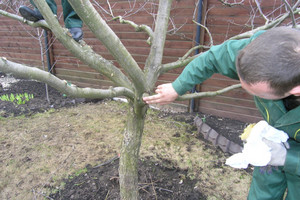 You may be interested in:
You may be interested in:Getting ready for wintering
Correct planting a garden is half the battle. You need to protect him from the cold. It will help minimize the temperature shock of the "fur coat". It is made of roofing and roofing material. Shelter is covered with material. Fixation is carried out using wire. The second rule is whitewashing. It will protect not only from pests. It is carried out immediately after the completion of fruiting.
Recommendations of nerds
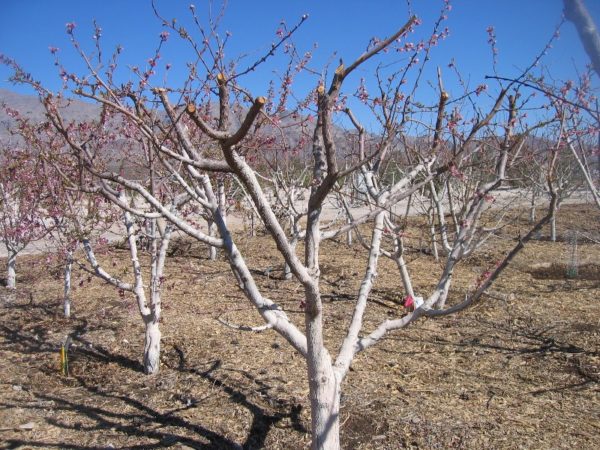
Most problems arise during the first two years of a tree's life. The gardener monitors the normalized moisture content, the absence of temperature shocks and pests. Before the start of spring field work, the trunk circle is maintained in perfect condition. Other recommendations are as follows:
- every 4 weeks loosen the soil to a depth of 8 cm;
- use only organic mulch;
- make sure that the plant does not form an excessive number of fruits;
- recommended ratio of leaves and fruits: 1k20.
Planting apricot on a summer cottage in the suburbs is carried out in early to mid-September. Other climatic zones take into account the weather. Think ahead to a place on the site. There should not stagnate water. If necessary, the apricot is transplanted. The only condition is that he should not be more than 5 years old. The fruit tree is more susceptible to external negative influences during the first 2 years of life. Novice gardeners, before planting seeds in the patch, study the required set of procedures. It includes wrapping, watering, mulching and top dressing.

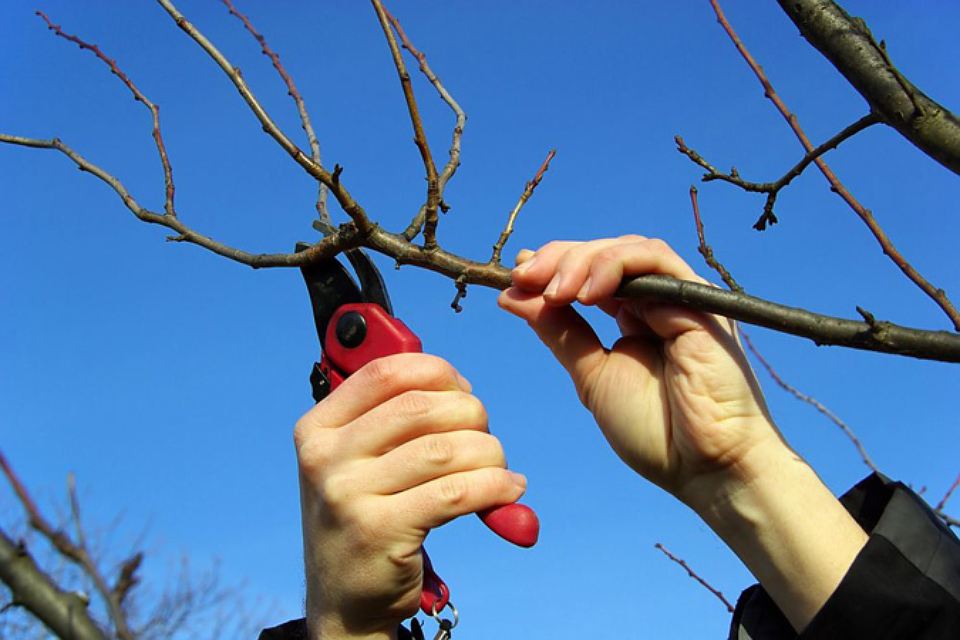 Universal scheme for apricot pruning in the fall
Universal scheme for apricot pruning in the fall